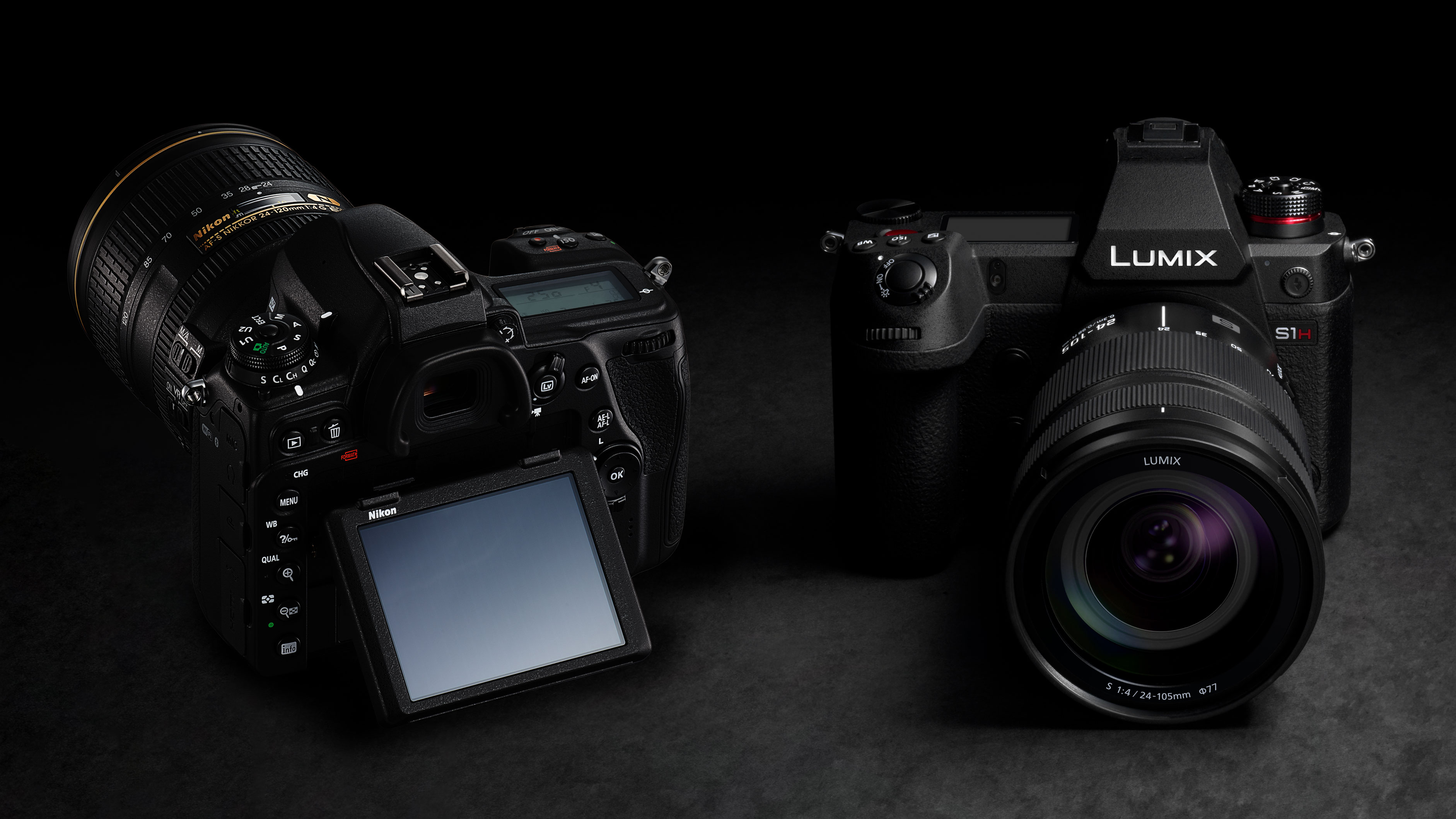
In the ever-evolving world of photography, the debate between DSLR and mirrorless cameras continues to captivate both amateur and professional photographers. Each type of camera has its own set of advantages and disadvantages, making the choice a personal one depending on your specific needs and preferences. In this article, we will explore the key differences between DSLR and mirrorless cameras to help you make an informed decision.
Understanding DSLR Cameras
Digital Single-Lens Reflex (DSLR) cameras have been the cornerstone of professional photography for decades. Their design includes a mirror mechanism that reflects light coming through the lens up into an optical viewfinder, allowing photographers to see exactly what the lens sees.
Pros of DSLRs:
-
Optical Viewfinder: Offers a real-time, lag-free view of the scene.
-
Battery Life: Generally superior due to the lower power consumption of the optical viewfinder.
-
Lens Variety: Extensive range of lenses available, often compatible with older models.
-
Durability: Robust build quality suitable for various environmental conditions.
Cons of DSLRs:
-
Size and Weight: Bulkier and heavier due to the mirror and prism system.
-
Complex Mechanics: More moving parts can lead to potential mechanical issues.
Understanding Mirrorless Cameras
Mirrorless cameras, as the name suggests, do not have a mirror mechanism. Instead, they use an electronic viewfinder (EVF) or the rear LCD screen for composing images, making the design more compact.
Pros of Mirrorless Cameras:
-
Compact Size: Smaller and lighter, making them easier to carry and handle.
-
Silent Operation: Lack of mirror flip leads to quieter shooting.
-
Advanced Autofocus: Often features faster and more accurate autofocus systems.
-
Real-Time Exposure Preview: EVF shows real-time changes to exposure, white balance, and depth of field.
Cons of Mirrorless Cameras:
-
Battery Life: Shorter battery life due to the power consumption of the electronic viewfinder.
-
Lens Availability: Fewer native lenses compared to DSLRs, though this is rapidly improving.
Key Factors to Consider
When deciding between a DSLR and a mirrorless camera, consider the following factors:
Purpose and Usage:
-
For professional and studio photography, DSLRs offer reliability and a broad range of lenses.
-
For travel and street photography, the portability of mirrorless cameras is a significant advantage.
Photography Style:
-
Action and wildlife photographers may prefer the optical viewfinder and battery longevity of DSLRs.
-
Videographers and vloggers might lean towards mirrorless cameras due to their superior video capabilities and compact size.
Budget:
-
DSLRs often provide a more extensive selection of affordable lenses and accessories.
-
Mirrorless cameras, while initially more expensive, offer cutting-edge technology and features that can justify the investment.
Future-Proofing:
-
Mirrorless technology is rapidly advancing, with major brands focusing on expanding their mirrorless lineups.
-
DSLRs remain a solid choice, but innovation is slowing as manufacturers shift their focus to mirrorless systems.
Conclusion
Ultimately, the choice between a DSLR and a mirrorless camera depends on your individual needs and preferences. If you prioritize a traditional shooting experience with a vast array of lenses, a DSLR might be the right choice for you. On the other hand, if you value portability, modern features, and are excited about the future of camera technology, a mirrorless camera could be the perfect fit.
Both types of cameras have their own unique strengths, and understanding these can help you make an informed decision. Happy shooting!
For more in-depth comparisons and the latest updates on camera technology, continue to read here.
